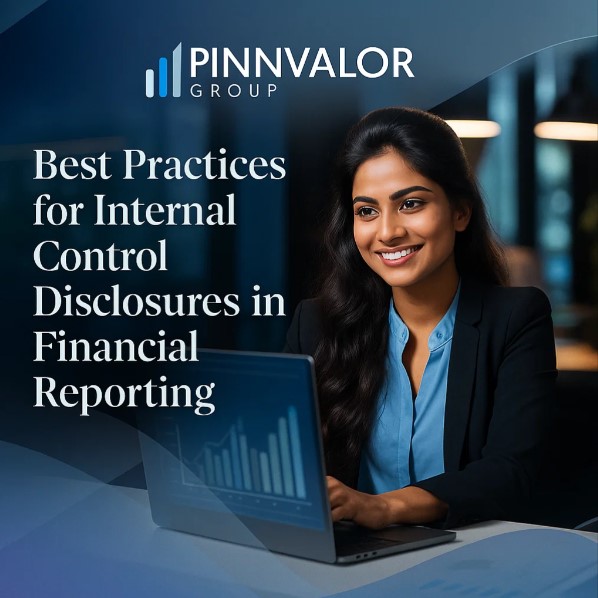
Best Practices for Internal Control Disclosures in Financial Reporting
In today’s business environment, transparency and accountability are paramount. Stakeholders, including investors, regulators, and auditors, rely on financial statements not just for numbers, but also for the assurance that those numbers are accurate and reliable. One critical component that strengthens this assurance is the disclosure of internal controls. Effective internal control disclosures provide insights into how an organization safeguards its assets, ensures compliance, and delivers reliable financial information.
Do your financial statements truly reflect a robust internal control system?
Internal controls are more than rules—they’re a commitment to accuracy and integrity. Disclose openly, manage risks, and lead with transparency.
1. Understanding Internal Control Disclosures
Internal control disclosures refer to the information companies provide in financial statements or accompanying reports about their internal control systems. These disclosures typically include:
- The structure and scope of internal controls.
- The effectiveness of these controls in preventing and detecting errors or fraud.
- Management’s assessment of internal controls.
- Any identified weaknesses or corrective measures taken.
Such disclosures are often guided by frameworks like COSO (Committee of Sponsoring Organizations of the Treadway Commission) and regulatory requirements such as the Sarbanes-Oxley Act (SOX) in the U.S.
2. Why Internal Control Disclosures Matter
- Investor Confidence: Clear disclosures reassure investors about the reliability of reported financial data.
- Regulatory Compliance: Many jurisdictions mandate disclosure, and failure to comply can result in penalties.
- Fraud Prevention: Strong internal control reporting deters fraudulent activities by signaling rigorous oversight.
- Decision-Making: Disclosures equip stakeholders with valuable information to assess the company’s risk management and governance practices.

3. Best Practices for Internal Control Disclosures
a. Align with Recognized Frameworks
Adopt established frameworks such as COSO or COBIT to structure disclosures. This adds credibility and ensures consistency.
b. Provide Management’s Assessment
Go beyond boilerplate statements. Offer management’s evaluation of the effectiveness of internal controls, including how deficiencies were identified and addressed.
c. Be Transparent About Weaknesses
Disclose material weaknesses or significant deficiencies honestly. Stakeholders value transparency more than vague assurances.
d. Use Clear, Non-Technical Language
Avoid jargon-heavy explanations. Make disclosures accessible to a broad audience, not just auditors and regulators.
e. Integrate with Risk Management
Highlight how internal controls tie into broader risk management strategies. This shows a proactive approach to governance.
f. Regular Updates and Continuous Improvement
Internal control environments evolve with technology, regulations, and business models. Ensure disclosures are updated regularly to reflect changes.
g. Independent Validation
Where possible, include auditor attestations or third-party validations to strengthen credibility.
4. Common Pitfalls to Avoid
- Overly generic statements that lack substance.
- Failure to disclose known deficiencies or corrective measures.
- Ignoring emerging risks such as cybersecurity in control reporting.
- Treating disclosures as a compliance exercise rather than a value-adding practice.
Conclusion
Internal control disclosures in financial reporting are more than regulatory requirements—they are essential tools for building trust, enhancing governance, and ensuring long-term business sustainability. By adopting best practices such as transparency, alignment with frameworks, and continuous improvement, organizations can turn disclosures into a strategic advantage that fosters confidence among all stakeholders.
